Capital One 2012 Annual Report Download - page 68
Download and view the complete annual report
Please find page 68 of the 2012 Capital One annual report below. You can navigate through the pages in the report by either clicking on the pages listed below, or by using the keyword search tool below to find specific information within the annual report.-
 1
1 -
 2
2 -
 3
3 -
 4
4 -
 5
5 -
 6
6 -
 7
7 -
 8
8 -
 9
9 -
 10
10 -
 11
11 -
 12
12 -
 13
13 -
 14
14 -
 15
15 -
 16
16 -
 17
17 -
 18
18 -
 19
19 -
 20
20 -
 21
21 -
 22
22 -
 23
23 -
 24
24 -
 25
25 -
 26
26 -
 27
27 -
 28
28 -
 29
29 -
 30
30 -
 31
31 -
 32
32 -
 33
33 -
 34
34 -
 35
35 -
 36
36 -
 37
37 -
 38
38 -
 39
39 -
 40
40 -
 41
41 -
 42
42 -
 43
43 -
 44
44 -
 45
45 -
 46
46 -
 47
47 -
 48
48 -
 49
49 -
 50
50 -
 51
51 -
 52
52 -
 53
53 -
 54
54 -
 55
55 -
 56
56 -
 57
57 -
 58
58 -
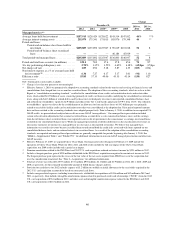 59
59 -
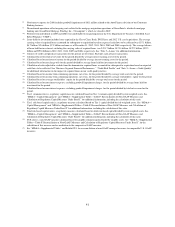 60
60 -
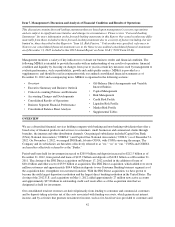 61
61 -
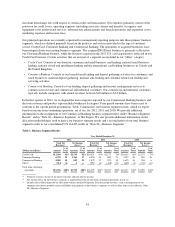 62
62 -
 63
63 -
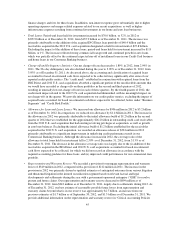 64
64 -
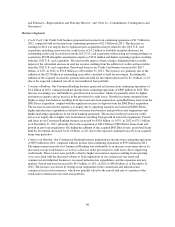 65
65 -
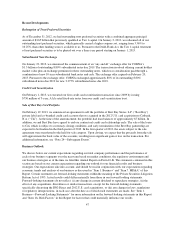 66
66 -
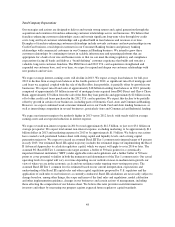 67
67 -
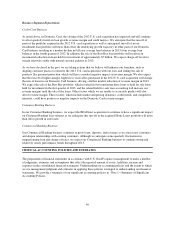 68
68 -
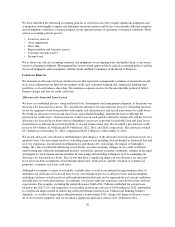 69
69 -
 70
70 -
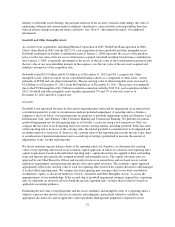 71
71 -
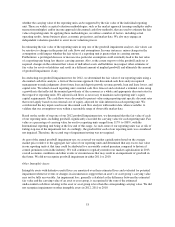 72
72 -
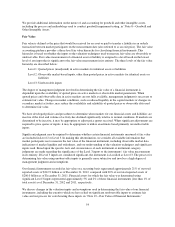 73
73 -
 74
74 -
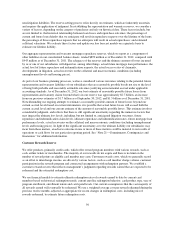 75
75 -
 76
76 -
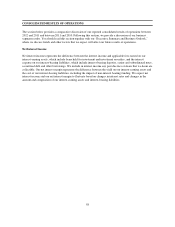 77
77 -
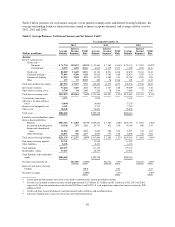 78
78 -
 79
79 -
 80
80 -
 81
81 -
 82
82 -
 83
83 -
 84
84 -
 85
85 -
 86
86 -
 87
87 -
 88
88 -
 89
89 -
 90
90 -
 91
91 -
 92
92 -
 93
93 -
 94
94 -
 95
95 -
 96
96 -
 97
97 -
 98
98 -
 99
99 -
 100
100 -
 101
101 -
 102
102 -
 103
103 -
 104
104 -
 105
105 -
 106
106 -
 107
107 -
 108
108 -
 109
109 -
 110
110 -
 111
111 -
 112
112 -
 113
113 -
 114
114 -
 115
115 -
 116
116 -
 117
117 -
 118
118 -
 119
119 -
 120
120 -
 121
121 -
 122
122 -
 123
123 -
 124
124 -
 125
125 -
 126
126 -
 127
127 -
 128
128 -
 129
129 -
 130
130 -
 131
131 -
 132
132 -
 133
133 -
 134
134 -
 135
135 -
 136
136 -
 137
137 -
 138
138 -
 139
139 -
 140
140 -
 141
141 -
 142
142 -
 143
143 -
 144
144 -
 145
145 -
 146
146 -
 147
147 -
 148
148 -
 149
149 -
 150
150 -
 151
151 -
 152
152 -
 153
153 -
 154
154 -
 155
155 -
 156
156 -
 157
157 -
 158
158 -
 159
159 -
 160
160 -
 161
161 -
 162
162 -
 163
163 -
 164
164 -
 165
165 -
 166
166 -
 167
167 -
 168
168 -
 169
169 -
 170
170 -
 171
171 -
 172
172 -
 173
173 -
 174
174 -
 175
175 -
 176
176 -
 177
177 -
 178
178 -
 179
179 -
 180
180 -
 181
181 -
 182
182 -
 183
183 -
 184
184 -
 185
185 -
 186
186 -
 187
187 -
 188
188 -
 189
189 -
 190
190 -
 191
191 -
 192
192 -
 193
193 -
 194
194 -
 195
195 -
 196
196 -
 197
197 -
 198
198 -
 199
199 -
 200
200 -
 201
201 -
 202
202 -
 203
203 -
 204
204 -
 205
205 -
 206
206 -
 207
207 -
 208
208 -
 209
209 -
 210
210 -
 211
211 -
 212
212 -
 213
213 -
 214
214 -
 215
215 -
 216
216 -
 217
217 -
 218
218 -
 219
219 -
 220
220 -
 221
221 -
 222
222 -
 223
223 -
 224
224 -
 225
225 -
 226
226 -
 227
227 -
 228
228 -
 229
229 -
 230
230 -
 231
231 -
 232
232 -
 233
233 -
 234
234 -
 235
235 -
 236
236 -
 237
237 -
 238
238 -
 239
239 -
 240
240 -
 241
241 -
 242
242 -
 243
243 -
 244
244 -
 245
245 -
 246
246 -
 247
247 -
 248
248 -
 249
249 -
 250
250 -
 251
251 -
 252
252 -
 253
253 -
 254
254 -
 255
255 -
 256
256 -
 257
257 -
 258
258 -
 259
259 -
 260
260 -
 261
261 -
 262
262 -
 263
263 -
 264
264 -
 265
265 -
 266
266 -
 267
267 -
 268
268 -
 269
269 -
 270
270 -
 271
271 -
 272
272 -
 273
273 -
 274
274 -
 275
275 -
 276
276 -
 277
277 -
 278
278 -
 279
279 -
 280
280 -
 281
281 -
 282
282 -
 283
283 -
 284
284 -
 285
285 -
 286
286 -
 287
287 -
 288
288 -
 289
289 -
 290
290 -
 291
291 -
 292
292 -
 293
293 -
 294
294 -
 295
295 -
 296
296 -
 297
297 -
 298
298 -
 299
299 -
 300
300 -
 301
301 -
 302
302 -
 303
303 -
 304
304 -
 305
305 -
 306
306 -
 307
307 -
 308
308 -
 309
309 -
 310
310 -
 311
311
 |
 |

Business Segment Expectations
Credit Card Business
As noted above, in Domestic Card, the closing of the 2012 U.S. card acquisition has impacted and will continue
to affect quarterly trends in loan growth, revenue margin and credit metrics. We anticipate that the run-off of
parts of the portfolio acquired in the 2012 U.S. card acquisition as well as anticipated run-off of in our
installment loan portfolio will more than offset the underlying growth trajectory in other parts of our Domestic
Card business resulting in a modest decline in full-year average loan balances in 2013 from average loan
balances in the fourth quarter of 2012. In addition, the sale of the Best Buy loan portfolio will result in an
incremental reduction in loans held for investment of approximately $7 billion. We expect charge-off levels to
remain relatively stable with normal seasonal patterns in 2013.
As we have disclosed in the past, we are taking actions that we believe will enhance our franchise, such as
aligning customer practices related to the 2012 U.S. card acquisition with our own, and ending the sale of
products like payment protection, which will have a modest negative impact on revenue margin. We also expect
that the run-off of higher-margin, higher-loss receivables purchased in the 2012 U.S. card acquisition will change
the mix of loans in our Domestic Card business, driving a further modest reduction of revenue margin in 2013.
We expect the sale of the Best Buy portfolio, which resulted in our transferring these loans to held for sale from
held for investment in the first quarter of 2013, and the related held-for-sale loan accounting will increase our
revenue margins until the sale of the loans. Other factors which we are unable to accurately predict will also
affect revenue margin. These factors, which include market and pricing dynamics, credit trends, and competitive
intensity, could have positive or negative impacts on the Domestic Card revenue margin.
Consumer Banking Business
In our Consumer Banking business, we expect the ING Direct acquisition to continue to have a significant impact
on Consumer Banking loan volumes as we anticipate that run-off in the acquired Home Loans portfolio will more
than offset growth in auto loans.
Commercial Banking Business
Our Commercial Banking business continues to grow loans, deposits, and revenues as we attract new customers
and deepen relationships with existing customers. Although we anticipate some quarterly fluctuations in
nonperforming loan and charge-off rates, we expect our Commercial Banking business to continue strong and
relatively steady performance trends throughout 2013.
CRITICAL ACCOUNTING POLICIES AND ESTIMATES
The preparation of financial statements in accordance with U.S. GAAP requires management to make a number
of judgments, estimates and assumptions that affect the reported amount of assets, liabilities, income and
expenses in the consolidated financial statements. Understanding our accounting policies and the extent to which
we use management judgment and estimates in applying these policies is integral to understanding our financial
statements. We provide a summary of our significant accounting policies in “Note 1—Summary of Significant
Accounting Policies.”
49
